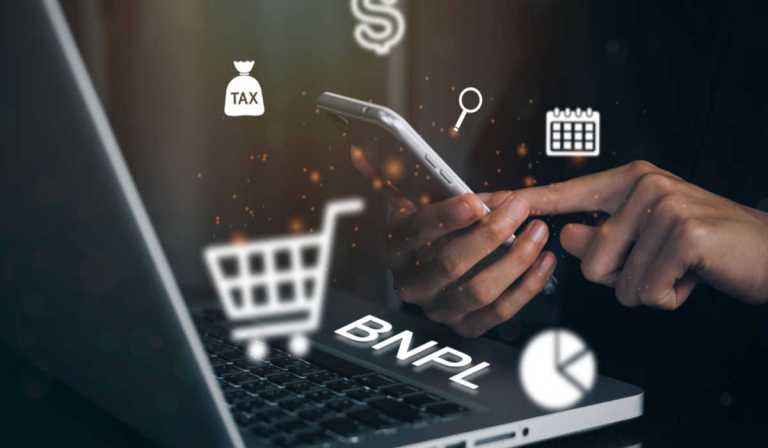Some view buy now, pay later (BNPL) for business-to-business (B2B) payments as a bridge too far from the now-stressed consumer sector equivalent. There is a school of thought that holds that businesses have been doing BNPL for centuries through net invoicing (e.g., the classic net 15 or 30 terms). Skeptics hold that BNPL is just a shiny new point-of-sale tech version of this classic trade practice.
Arguably though, there’s more to it than that. BNPL offers businesses the opportunity to outsource the credit approval process to more sophisticated fintech players in the space. These firms use algorithmic models, such as those used in the consumer space to make credit decisions.
Such decisions are particularly important for new business acquisitions. Some innovators put credit decisions closer to the point of sale, allowing the salesforce to offer new customers to utilize a third-party BNPL system that algorithmically makes credit decisions. In an environment where entrepreneurialism is flourishing, this allows business development teams to improve the acquisition of non-bankable, bootstrapped startups while offloading risk to the tech platform. The next Facebook that starts in a basement office will long remember suppliers that extended credit when others wouldn’t. Thus, BNPL may become a competitive credit advantage.
Currently, banks and businesses often use personal credit ratings to make decisions for small businesses. Startup entrepreneurs often use personal credit to bootstrap, adversely impacting their credit scores even if they are scrupulous payers because of an unfavorable credit utilization ratio. BNPL has the potential to circumvent this arguably undue impediment to credit.
It follows that suppliers who offer BNPL may be more attractive to many small businesses than credit cards. In addition to high credit utilization levels and low credit ratings, such businesses will also be reluctant to incur the high-interest rates associated with credit cards. Low or no interest deals may make the difference between a sale and an abandoned cart.
In addition, the technology offers cost savings to suppliers, enabling them to outsource the credit approval function. As Boomers retire, a great deal of institutional memory and expertise walks out the doors of corporations. An algorithmic expert system may digitize this knowledge while improving accounting and finance department productivity.
Advertisement: Scroll to Continue
Furthermore, as BNPL platforms scale, their data lake will expand. Currently, firms are limited to their own knowledge of current and former customers, supplemented by resources such as credit reports. However, those reports often provide very fragmentary data. BNPL platforms will be able to pool data across myriad suppliers and buyers, developing data far more accurate and comprehensive than any one firm or reporting bureau could collect by automatically digitizing an extensive spectrum of data points from a large number of creditor firms. The end result may well be far more accurate credit decisions than the status quo.
The Facts of Factoring
Compare and contrast these potential benefits to factoring.
First, BNPL solutions take place prior to or at the point of sale. Factoring happens after the fact, so it doesn’t relieve businesses of upfront credit decisions. While factoring may reduce non-payment risk by as much as 90%, it still leaves the firm with some exposure.
Second, factoring in and of itself doesn’t digitize the credit aspect of the purchase process. While offering some of the advantages of the BNPL platforms, it leaves any archaic, 20th-century processes in place. In a world when businesspeople are bringing the high-tech expectations they have developed in the educational and consumer worlds, an environment where cursive writing (aka handwriting) is no longer taught in some schools, eCommerce is gradually becoming table stakes.
Third, cost is a factor. The fees associated with factoring versus BNPL platforms need to be weighed in the balance. Competition may lower costs all around, including business credit card interest rates.
Considering the Alternatives
The digitization considerations involved in trade financing modality decision-making transcend purely financial considerations. Suppliers can finance receivables in many ways, including treasury management and bank lines of credit, but these alternatives don’t modernize the customer experience. The value of digitization and potential sales lift should not be underestimated.
In the final analysis, BNPL may be much more than merely a passing fad or the latest shiny new object. It has the potential to accelerate digitization, make trade financing more competitive, improve user experience on both sides of the trade, reduce costs, improve the efficiency and effectiveness of credit extension and reduce the cost and friction factor of doing business globally.




